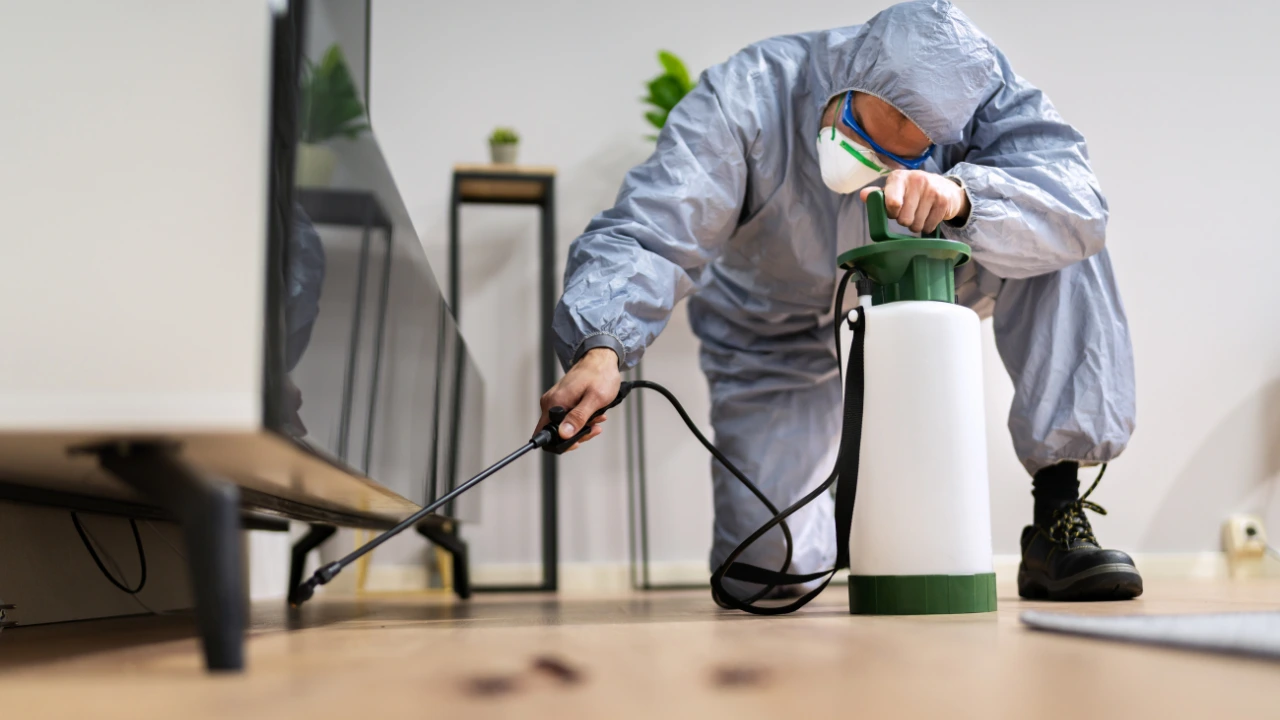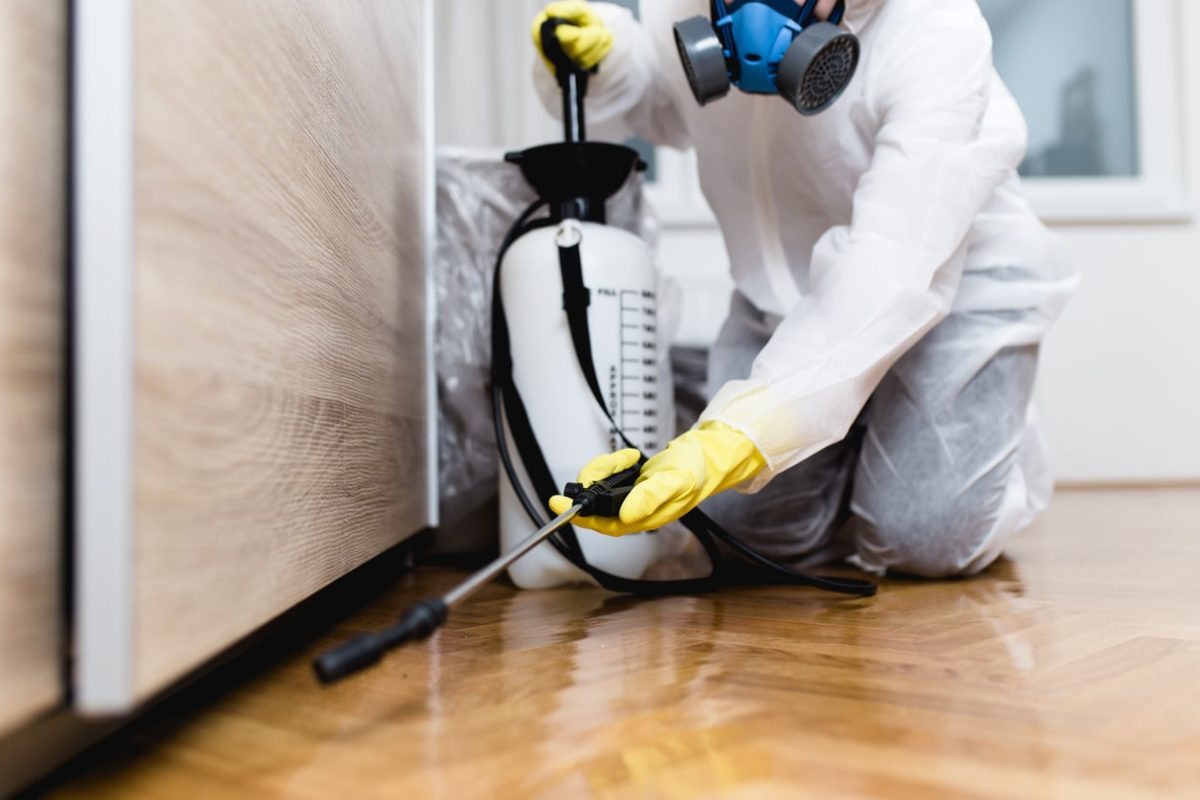Exploring Problem and Treatment Strategies worldwide of Bug Control
The landscape of parasite control encompasses a myriad of challenges, particularly as infestations of typical family insects proceed to advance. Comprehending the behaviors and reproductive patterns of these annoyances is critical for developing efficient treatment strategies. By incorporating precautionary procedures with advanced management techniques, such as Integrated Bug Administration (IPM), property owners can better guard their environments. Nevertheless, the performance of these methods may differ significantly based on specific scenarios. What hidden factors contribute to the success or failing of these techniques in different setups?

Usual House Pests
When it comes to managing our space, comprehending typical family parasites is critical. These pests not only disrupt our convenience but can also pose health risks and damages residential or commercial property. The most prevalent household pests consist of ants, roaches, rats, termites, and bed insects.
Ants, often seen foraging in cooking areas, can pollute food and establish huge nests. Rats, consisting of mice and rats, can create structural damages and bring diseases like hantavirus and salmonella.
Identifying the indications of these pests, such as droppings, nests, or attack marks, is vital for early treatment (Pest Control Lockhart). Proper hygiene practices, securing entry factors, and maintaining a clutter-free setting are effective preventative actions. By determining these usual home parasites and comprehending their actions, house owners can take aggressive steps to minimize infestations, making certain a healthier living atmosphere
Recognizing Insect Infestations
Pest infestations can intensify swiftly, transforming a small aggravation right into a substantial trouble if not addressed promptly. Common elements contributing to infestations include poor sanitation, structural vulnerabilities, and seasonal changes that drive pests indoors.
Identifying the type of pest is essential, as different varieties show diverse actions and reproductive prices. As an example, rodents may establish nests in hidden locations while pests like roaches flourish in damp environments. Early discovery usually pivots on acknowledging indications such as droppings, nibble marks, or unusual audios, which can suggest a problem prior to it ends up being serious.
Cozy, moist climates can assist in the rapid growth of parasite populations, while modifications in landscape design or building can accidentally create favorable atmospheres. An enlightened method to comprehending these characteristics lays the groundwork for efficient bug management techniques in the future.
Treatment Methods and Methods
Reliable therapy methods and methods are crucial for mitigating pest invasions and bring back a secure setting. A multifaceted method is typically best, including chemical, organic, and mechanical strategies tailored to the specific insect and the intensity of the invasion.
Chemical therapies consist of the usage of pesticides and herbicides, which can properly remove pests. Proper application and adherence to safety guidelines are crucial to minimize threats to human beings pop over here and non-target microorganisms. Integrated Parasite Monitoring (IPM) motivates the sensible use chemicals as a last option, relying rather on surveillance and limit levels to identify intervention demands.
Biological control approaches include introducing all-natural predators or bloodsuckers to minimize pest populaces. This method is increasingly preferred, especially in farming setups, as it promotes ecological sustainability.
Mechanical techniques, such as catches and barriers, provide instant remedy for bugs without introducing chemicals. Alternatives include sticky catches for insects or physical obstacles for rats.
Eventually, the choice of therapy method must consider the certain pest, the atmosphere, and potential effects on human wellness and environments. A balanced combination of these approaches can efficiently take care of infestations while advertising lasting insect control solutions.
Precautionary Steps for Residence
Proactively addressing bug concerns before they intensify is crucial for keeping a healthy home atmosphere (Pest Control Lockhart). Applying effective preventive procedures can dramatically reduce the possibility of invasions, inevitably safeguarding both your building and health

Proper landscaping additionally plays a crucial duty in avoidance. Keeping bushes and trees trimmed away from the house decreases the chances of pests locating their means inside. Make certain that drain systems are working efficiently to protect against standing water, which can attract in mosquitoes and other pests.
Finally, routine examinations are suggested. On a regular basis looking for signs of parasite activity allows for very early intervention. By taking on these precautionary measures, home owners can produce an environment that is much less congenial to parasites, consequently enhancing their total quality of life and lowering the requirement for extensive bug control interventions.
Industrial Pest Control Methods
An extensive technique to commercial bug control is important for organizations aiming to preserve a secure and hygienic setting. Effective methods entail a combination of routine inspections, worker training, and the execution of Integrated Pest Administration (IPM) techniques.
Regular assessments make it possible for early detection of bug task, enabling helpful site timely treatment. Businesses ought to establish a regular timetable for these assessments, concentrating use this link on risky locations such as cooking areas, storage rooms, and waste disposal websites. Staff member training is just as essential; personnel must be enlightened on the indicators of pest infestations and the value of reporting them promptly.
Applying IPM practices helps reduce bug problems sustainably. This consists of environment modification, such as securing access points and lowering clutter, as well as using natural deterrents prior to turning to chemical treatments.

Additionally, working together with an accredited parasite control provider ensures access to specialist expertise and innovative therapy choices. This partnership can result in personalized insect control plans customized to the details demands of business, lessening dangers and improving overall efficiency. Inevitably, a positive and educated approach cultivates a pest-free setting, guarding both public wellness and company credibility.
Conclusion
To conclude, efficient insect control requires a detailed understanding of typical household parasites and their habits, coupled with targeted therapy methods. Implementing safety nets alongside therapy strategies such as Integrated Parasite Administration and organic control improves the ability to alleviate infestations. Normal evaluations and a mix of chemical and mechanical services better contribute to keeping pest-free atmospheres. Inevitably, an all-round approach to pest administration is essential for securing living spaces from unwanted burglars.